Runners tend to be passionate people, pushing themselves to always go faster and harder. That dedication isn’t always good news for your joints and muscles. If you’re a dedicated runner, and especially if you’re prepping for a big race, you know that post-run aches and pains can derail your training for days and even cause more serious injuries down the line.
A surefire way to avoid discomfort and boost post-run recovery is to commit to best running practices and stick to them before, during, and after each and every run, no exceptions. In this article, we get into 5 smart ways to improve recovery time, so that your muscles stay primed, and your mileage stays high.
Tip #1: Hydrate
The first rule of running is: stay hydrated. The second rule of running is: stay hydrated. Dehydration in runners can lead not only to exhaustion, but also to major headaches and muscle cramps. Not to mention, you’ll be going along at a snail’s pace! To keep your performance and wellbeing at its peak, it’s critical to drink H20 before, during, and post-workout. A good rule of thumb: for every 20 minutes of running, guzzle 4-6 ounces (if you need a visual, that’s half a cup to a little less than a cup). If you’re running super fast, for a long time (think over an hour), or if you tend to sweat a lot, aim for 6-8 ounces.
Tip #2: Stretch
Take a few minutes before and after every run to do a few dynamic stretches, which helps prep your muscles pre-run. Here are reliable go-tos:
- High knees
- Leg swings
- Walking lunges
After your run, opt for a few static stretches and hold each one for 10 to 30 seconds:
- Toe touches
- Hamstring stretches (standing up or lying down)
- Hip flexor stretch
Tip #3: Pick The Right Gear
Recovery begins before and during the run itself, which is why it’s so important to select high-quality performance gear that’s comfortable and specifically designed for running. The right socks and shoes can help prevent injury and help you run faster and harder. When it comes to the best running socks, ask yourself the following questions:
- Are they made of superior, breathable material? High-quality, synthetic fabrics and natural fibers, like merino wool, guarantee that you stay light on your feet.
- Do they have moisture-wicking and thermal balancing technology? Performance socks should never feel hot and sticky.
- Do they fit comfortably, without sagging or bunching? Socks that don’t fit can cause blisters and major discomfort.
- Do they have a cushioned footbed? A cushioned footbed enhances comfort and performance.
When selecting your running shoes, make sure they tick these boxes:
- The right fit. Running shoes should be snug but not tight. Perform a few forward lunges when you’re trying on your shoes. Does your toe get shoved up against the front of the shoe? Size up.
- Proper cushioning to absorb shock.
- A sole that suits the terrain. If you’re trail running, for example, shoes intended for road running may cause sliding and slipping.
Tip #4: Be Smart About Heat
While running in extremely high temps takes some getting used to, running in the heat can be great for training. Why? Because running in hot weather stresses the cardiovascular system, which makes your heart stronger. It also sends more blood to your skin instead of your muscles to help your body stay cool, which basically has the same impact as training in high altitudes. And it burns more calories! All that said, since running in the heat puts more strain on your body, follow these tips:
- Build up gradually to hot weather runs
- Stay hydrated
- Adjust your pacing (i.e. slow down)
- Fuel up with carbs (dried fruit is an easy and healthy choice)
Tip #5: Cool down
Ever heard the old adage, “Don’t rush the cooldown”? When it comes to running, they’re wise words. Allowing your body to transition from working to resting helps prevent the dizziness and blood pooling that can occur when you stop exercising abruptly, since it ensures that your heart rate returns to baseline gradually. Those extra moments also go a long way to eliminating soreness and injury while enhancing post-run recovery.
Here’s how to wind down like a pro: depending on the length and intensity of your workout, jog slowly or walk briskly until you eventually come to a gentle walking pace. For easy runs, shoot for 3-5 minutes of cooling down. For hard or long runs, log at least 5-10 minutes. Follow up with some static stretches, deep breaths, and H20.
If Running is In Your Blood, We Get You
Here at Fitsok, we understand that no matter what life throws at you, a runner’s gotta run. We’re runners ourselves, which is why we engineered a smart, comfortable running sock that moves with you and helps you achieve your performance goals while easing post-run recovery.
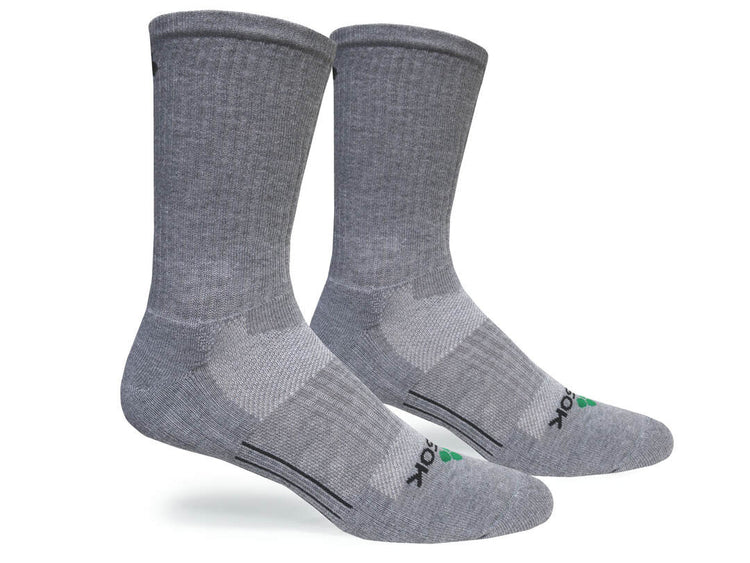
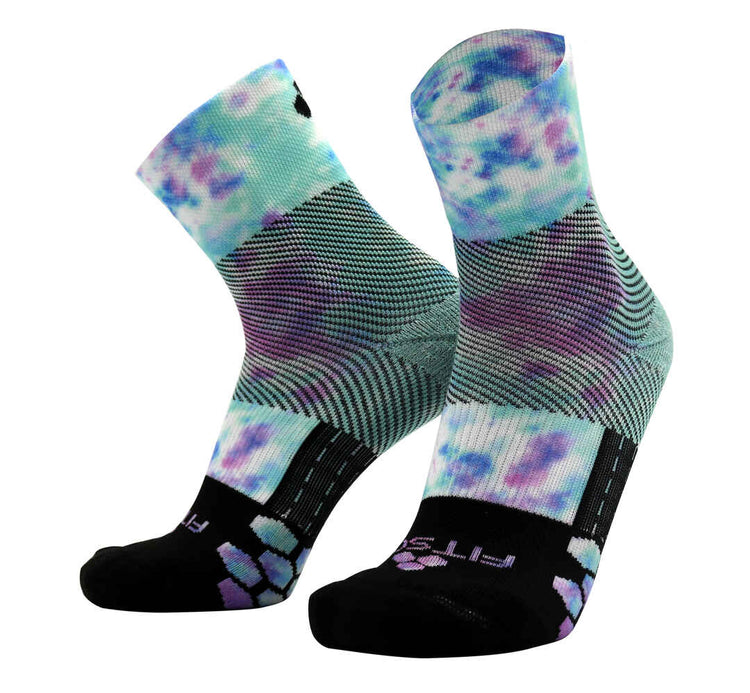
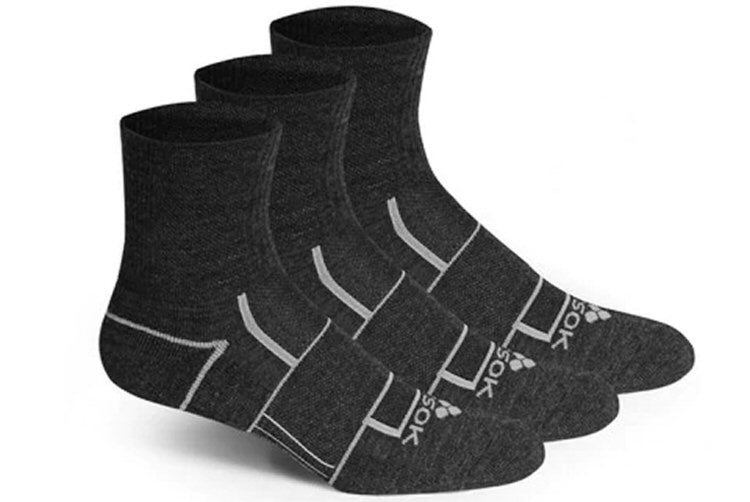
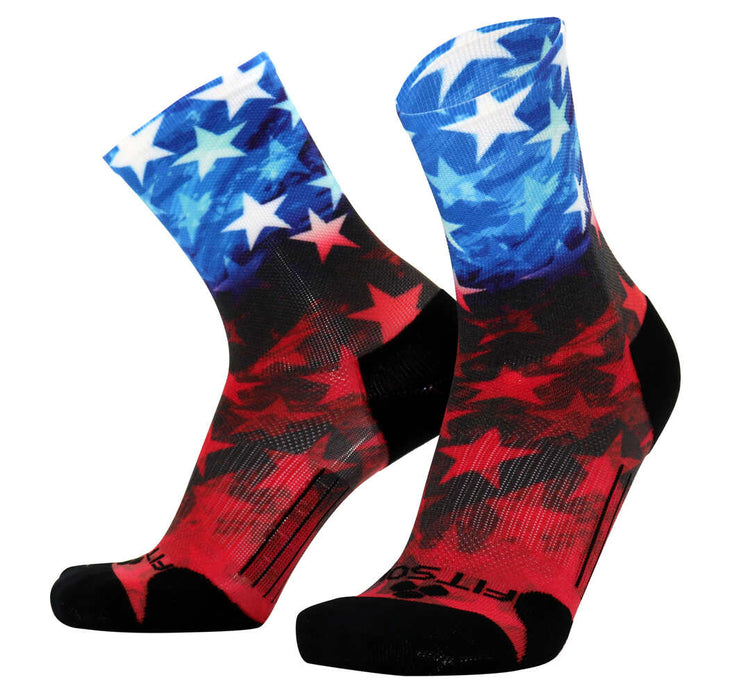
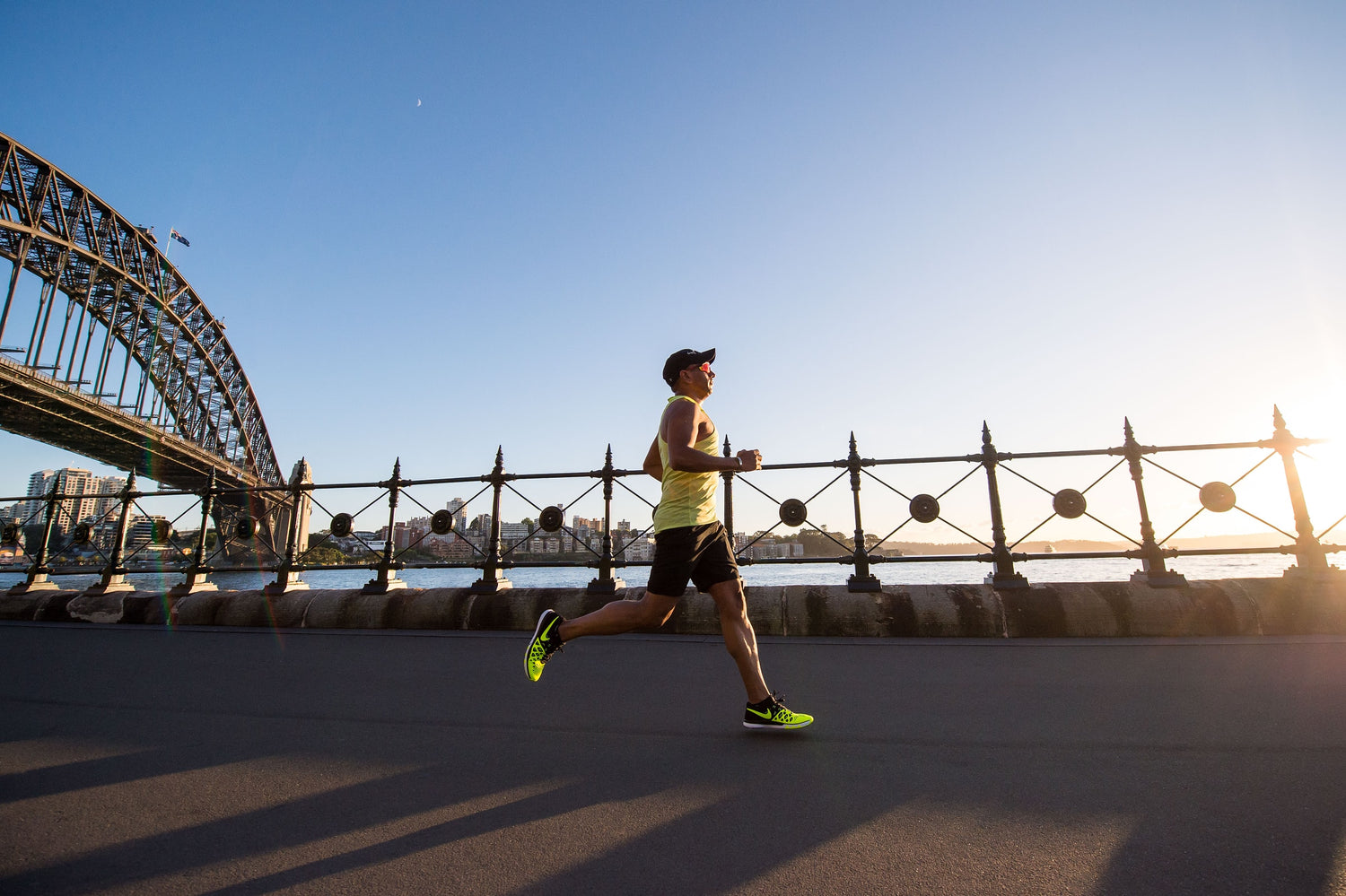
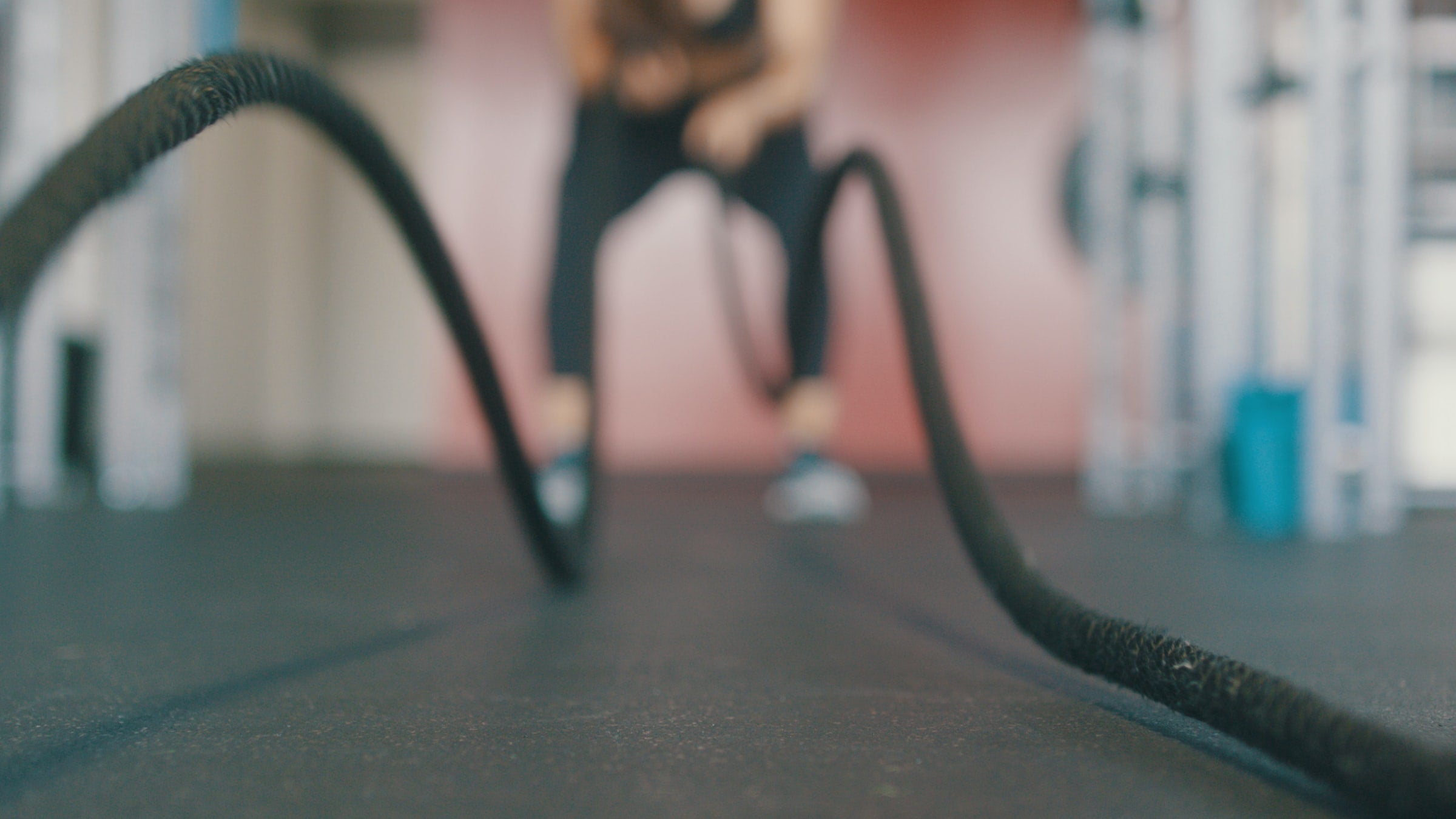
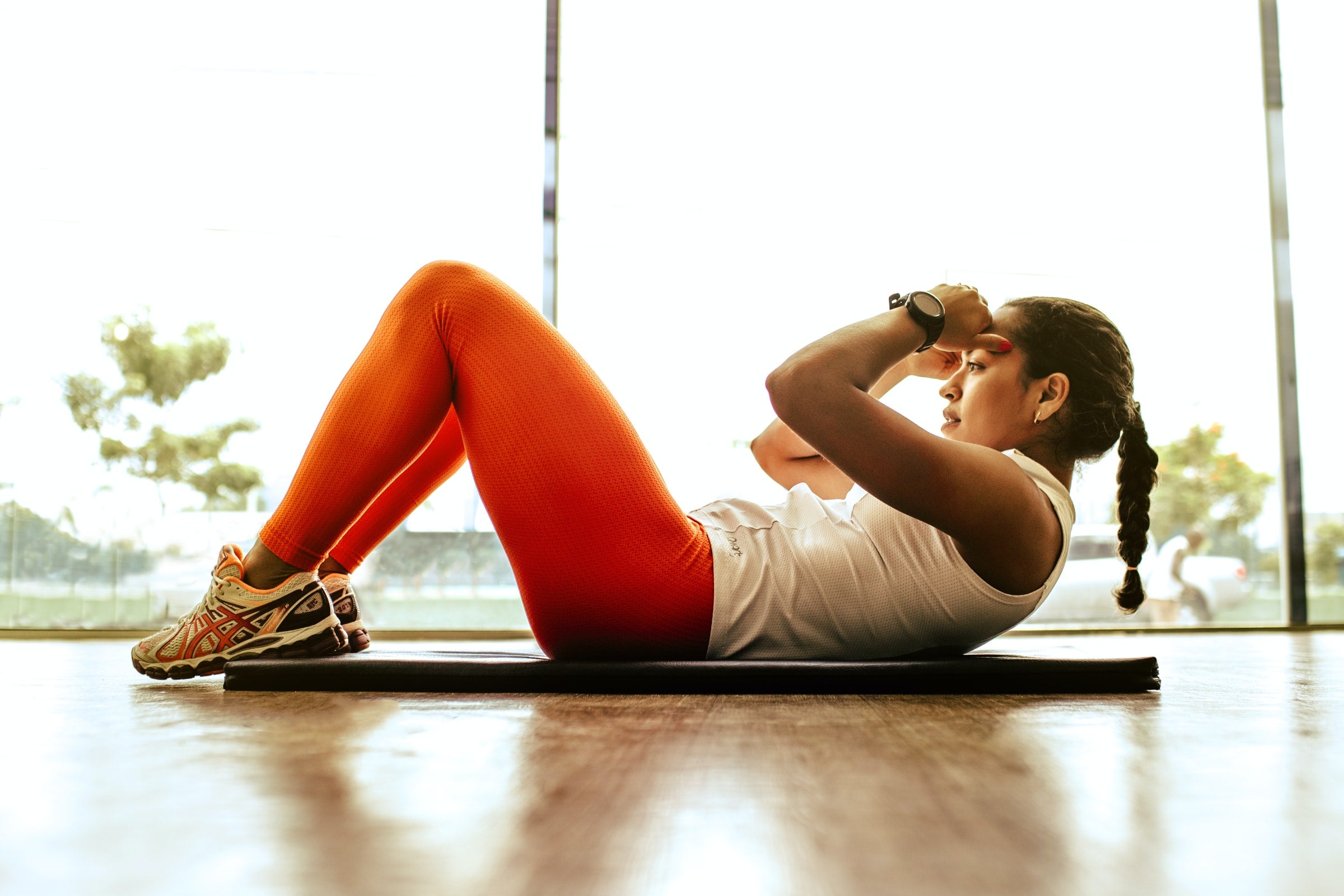
Leave a comment
This site is protected by hCaptcha and the hCaptcha Privacy Policy and Terms of Service apply.